Years ago, biking back from the Farmer’s Market, we spotted drawers stacked on the curb. Once home, as I unpacked produce, Mark wordlessly went out to the garage. Ten minutes later he was home with a pile of drawers. Within an hour, we had a “squirrel drawer” hanging from the maple tree just outside our back porch. We fill it with leftover biscuits, pancakes, and bread. Sometimes we splurge on corn and nuts. Then we watch squirrels, chipmunks, and birds find their way—sometimes awkwardly—into the drawer for a meal. May through October, our “big-screen TV” is the view from our back-porch windows.
We have a crabapple tree, which we thought was dying, but is making a resurgence. One of its trunks is hollowed out, which provides a safe, comfortable squirrel nest. We’ve seen many squirrel birthings from the tree. Each time, we revel in the activities of playful, naive, curious baby squirrels. Watching new life emerge fills me with wonder.
In February, snow piled on the ground, we discovered two new squirrels bounding around the yard. Based on their interactions, it was clear they were siblings. Based on their explorations, it was clear they were newly out of the nest. This was an off-season birthing and we never saw the mom. (In winter, our back porch is closed and we’re not as attentive to animal happenings.) Amid a Wisconsin February, these two squirrels were on their own, so we filled the drawer with whatever we could find. I even placed corn cobs at the base of the crabapple tree, so they could eat without moving through cold snow.
One squirrel had a gray coat; the other had a dark-brown/black coat. Upon leaving for sabbatical, we wished them well, hoping (and trusting) they’d find food on their own. When we returned from our trip, a black squirrel roamed the backyard. I assumed this was our teenager squirrel. The weather warmed, our back porch opened, and our big-screen TV showed comings and goings of this dark squirrel. We saw its morning and evening rituals, which began and ended in the crabapple tree trunk.
Quickly, we noticed our language: reflexive use of “he” to describe our squirrel. So, we intentionally changed our pronouns to vary between he and she, and more often “they.” Mark decided we should give the squirrel a gender-neutral name. Because our squirrel was athletic and bouncy, we named them Bobbi/y.
Last Friday night, we ate dinner, conversed about the day, and watched the backyard. Suddenly, Mark exclaimed with surprise, “Is Bobbi a mom?” I looked up to see four baby squirrels swarming the crabapple tree, leaping from branch to branch, exploring the outside world for the first time. [Note: Baby squirrels open their eyes after 4 weeks and go outside the nest after 6 weeks.]
Bobbi was not our teenager squirrel from February (drop that assumption). Bobbi was not a “he” (drop that assumption). Bobbi is a female squirrel who tends her brood and fiercely defends them. We’ve witnessed amazing bursts from Bobbi as she chases any squirrel that nears her nest.
Through ordinary happenings of squirrel life, I noticed two things:
I make assumptions. I do this reflexively. Often, it’s harmless, but sometimes it’s not. And I can change this behavior with intentional practice.
I love my tribe. I’m attached to Bobbi and her babies and express concern for their welfare. Yet innumerable squirrel families are trying to survive, and I might interpret their fierceness as “bad.” The same is true with my human bonds. Again, with intentional practice, I widen the circles of my heart to include more and more tribes.
These insights are not new, but I experienced them—in my body and mind—in new ways. Our backyard-nature channel and my genuine curiosity helped me see more clearly. It’s the best “TV programming” I’ve experienced. I’m grateful for Bobbi. And I’m grateful for a world filled with beings that challenge my assumptions and widen my compassion.


